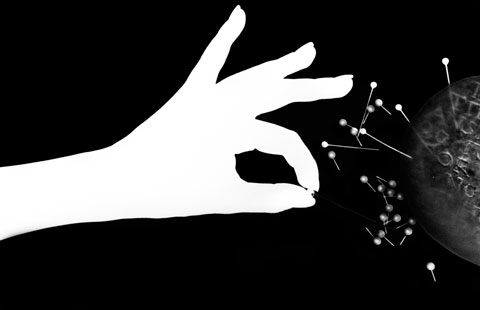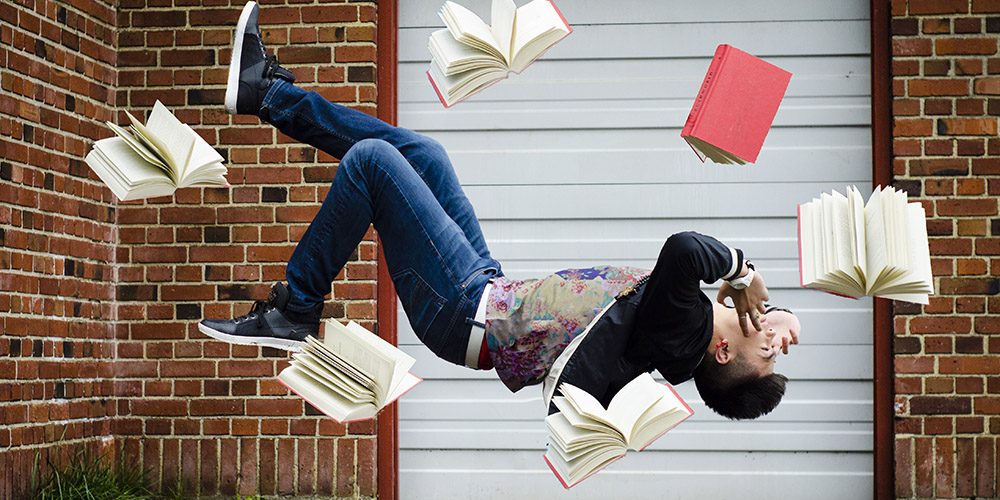Posted by Niki Cassidy On September 22, 2017
Dramatic Portrait
Terms: Form, ISO
GOAL: To complete a portrait while adjusting ISO and considering dramatic lighting to show form.
Task: Students will complete a portrait while adjusting ISO and considering dramatic lighting to show form.
CRITERIA:
- 3 images
- Images should each show a different form of dramatic lighting
- Overall piece should show form
- Finished images should be in .jpg format
STEPS:
- Begin by opening one of your photos.
- On the bottom right side, select new layer. Name the layer “gradient”. Hit OK.
- Be sure to work on the new top layer when adding the gradient.
- If you are unhappy with the gradient, you can delete the layer and start over. This only works if you’ve followed the steps above.
- On at least ONE image, apply a gradient.
- If you are happy with the gradient you chose, flatten the image. Do this by RIGHT CLICKING THE BACKGROUND LAYER -> SELECT FLATTEN IMAGE.
- You can now save your file as a .jpg and submit it.
- You can repeat this on the other photos if you choose…as long as at least one photo has an added gradient.
*IMPORTANT: Be sure to always save your file as a .PSD until you are ready to flatten the image and
submit it. If you do not do this and the layers become merged/ image flattened before you’re are
finished, you will not be able to make further changes to those layers.
Video- What are layers in Photoshop?
Adding a Vignette in Photoshop.
ISO










